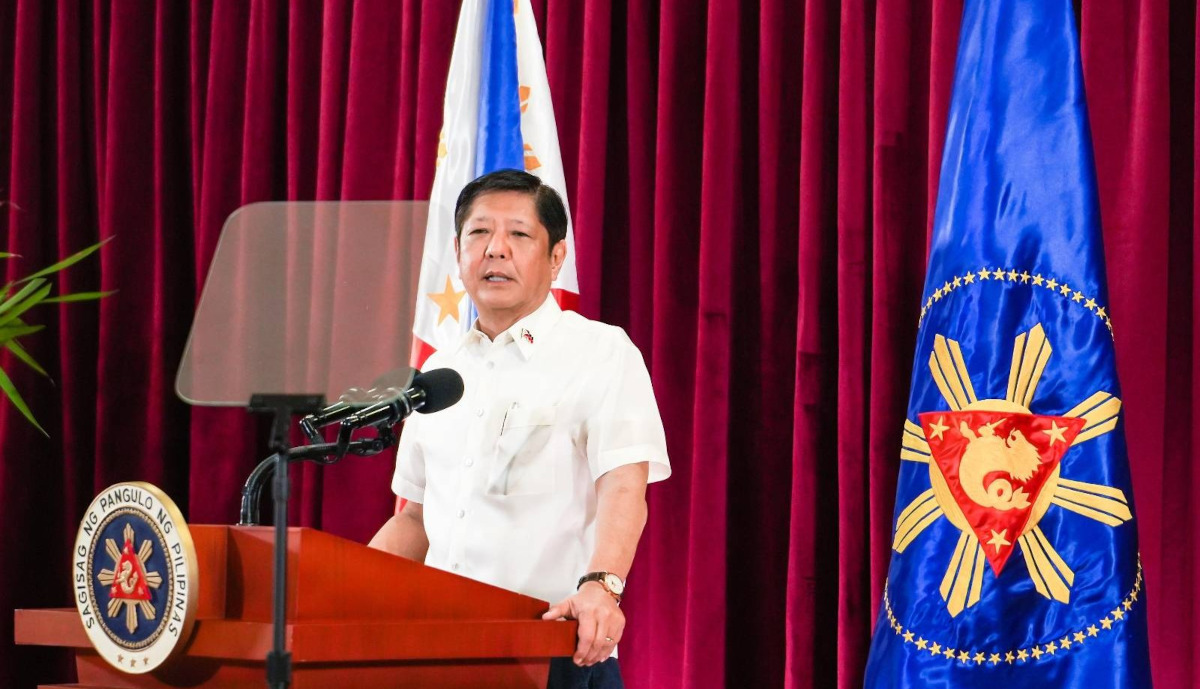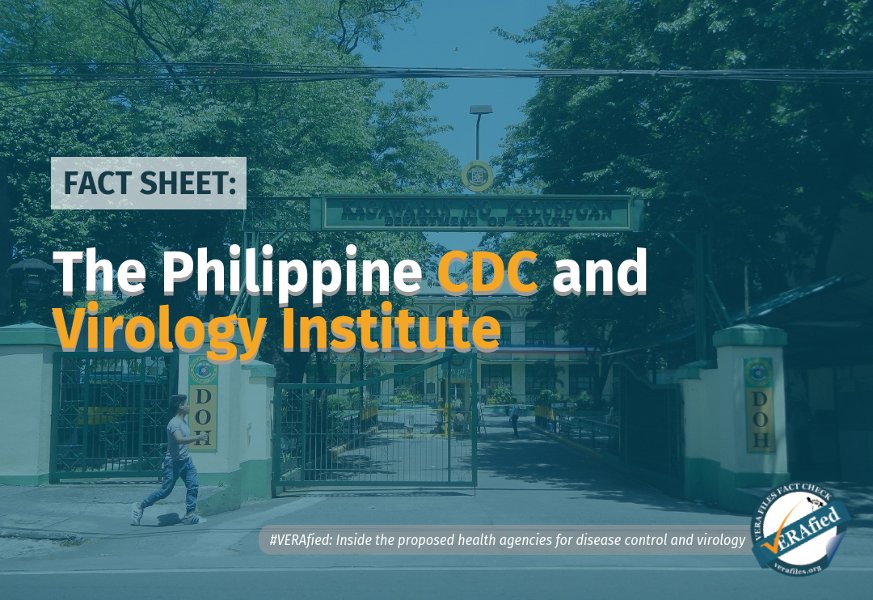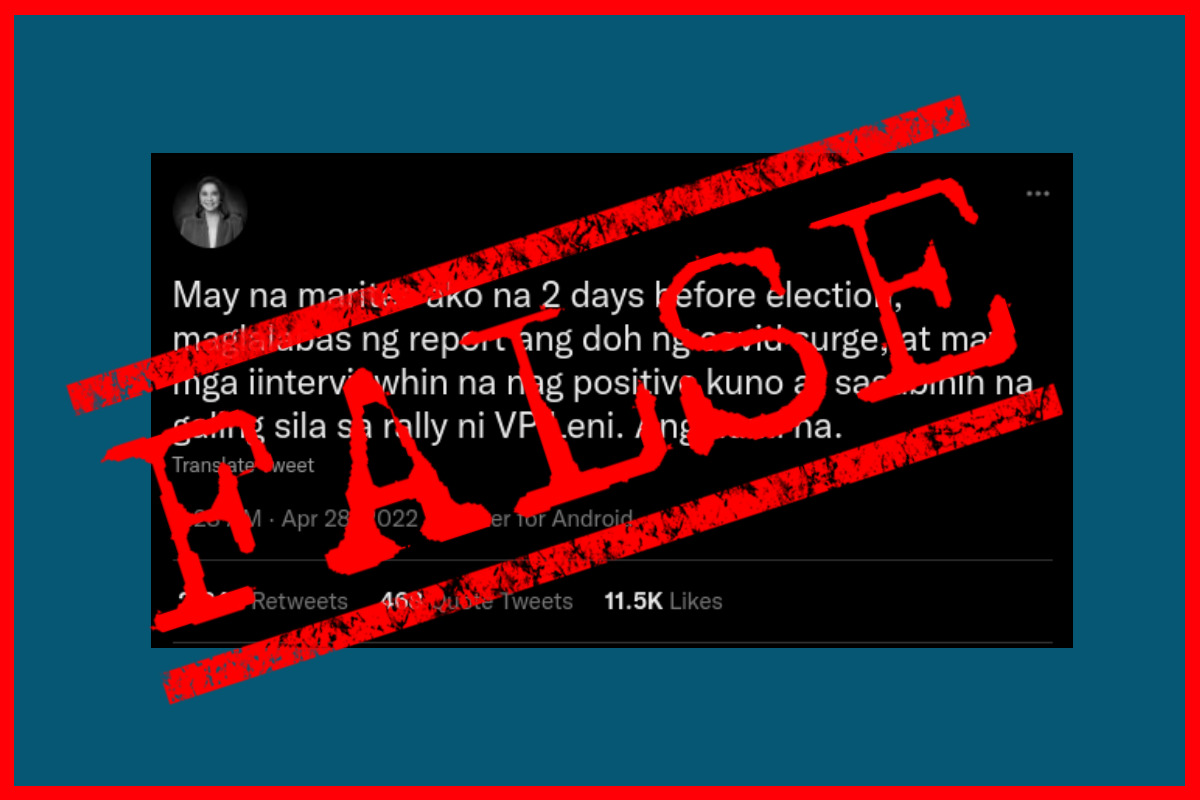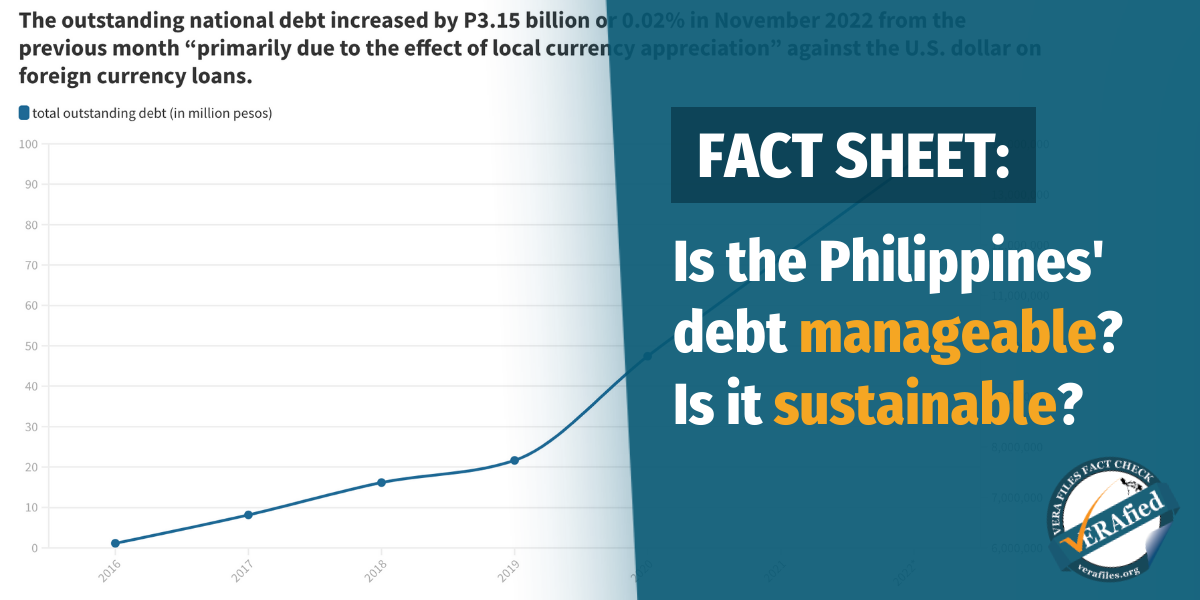President Ferdinand Marcos Jr. said on May 11 that the “emergency status” of the Philippines was no longer extended. This needs context.
His comment came after the World Health Organization (WHO) declared on May 5 the end of the global COVID Health Emergency amid the rise in new COVID-19 cases and cumulative positivity rate in the Philippines.
STATEMENT
When asked by a reporter if he would change the “COVID health status” in the Philippines in view of the WHO declaration, Marcos said:
“We did not restore the emergency status of the Philippines. Matagal na (for a long time now), last year pa. So we don’t need to do anything. We’re already on normal footing.”
Source: RTVMalacañang, Media Interview, May 11, 2023, watch from 10:08 to 10:15
FACT
While Marcos did not extend the state of calamity which ended in 2022, he has yet to lift the state of public health emergency which remains in effect.
Former president Rodrigo Duterte declared a state of public health emergency on March 8, 2020 through Proclamation No. 922. Unlike the state of calamity, the state of public emergency must be lifted or withdrawn by the sitting president.
On the other hand, Duterte declared a state of calamity in March 2020 for six months. In September 2020 and again in 2021, he extended the state of calamity for a year. Marcos extended the state of calamity for the last time to Dec. 31, 2022.
In a chance interview on April 12, Department of Health (DOH) Officer-in-Charge Rosario Vergeire said that the healthcare system in the country must be better prepared before the state of public health emergency can be lifted.
The DOH said the Inter-Agency Task Force for the Management of Emerging Infectious Diseases will soon submit a report and recommendation to the president for the lifting of the state of public health emergency in the country.
Under the Philippine Disaster Risk Reduction and Management Act of 2010, a president may place a location under a state of calamity upon the recommendation of the National Disaster Risk Reduction and Management Council. The Mandatory Reporting of Notifiable Diseases and Health Events of Public Concern Act of 2019, on the other hand, allows the Health secretary or president to declare a state of public health emergency.
As of May 18, the DOH reported 2,014 new COVID-19 cases and a 13.5% cumulative positivity rate.






